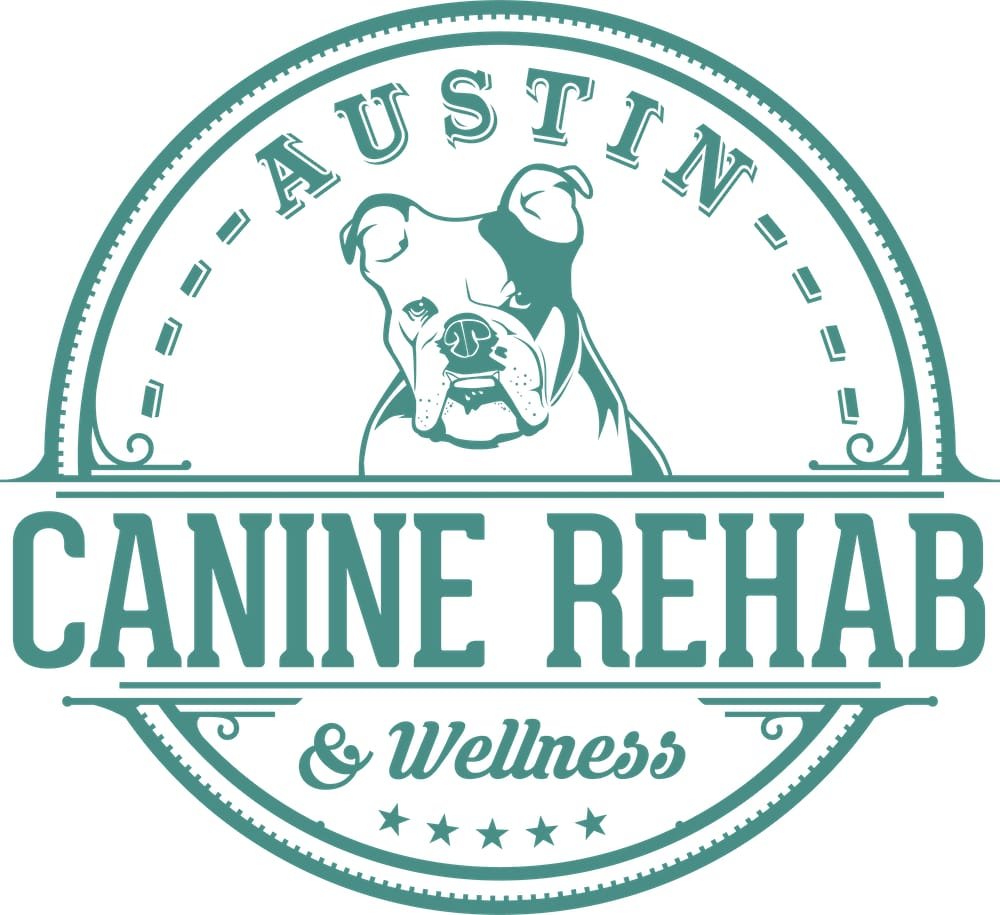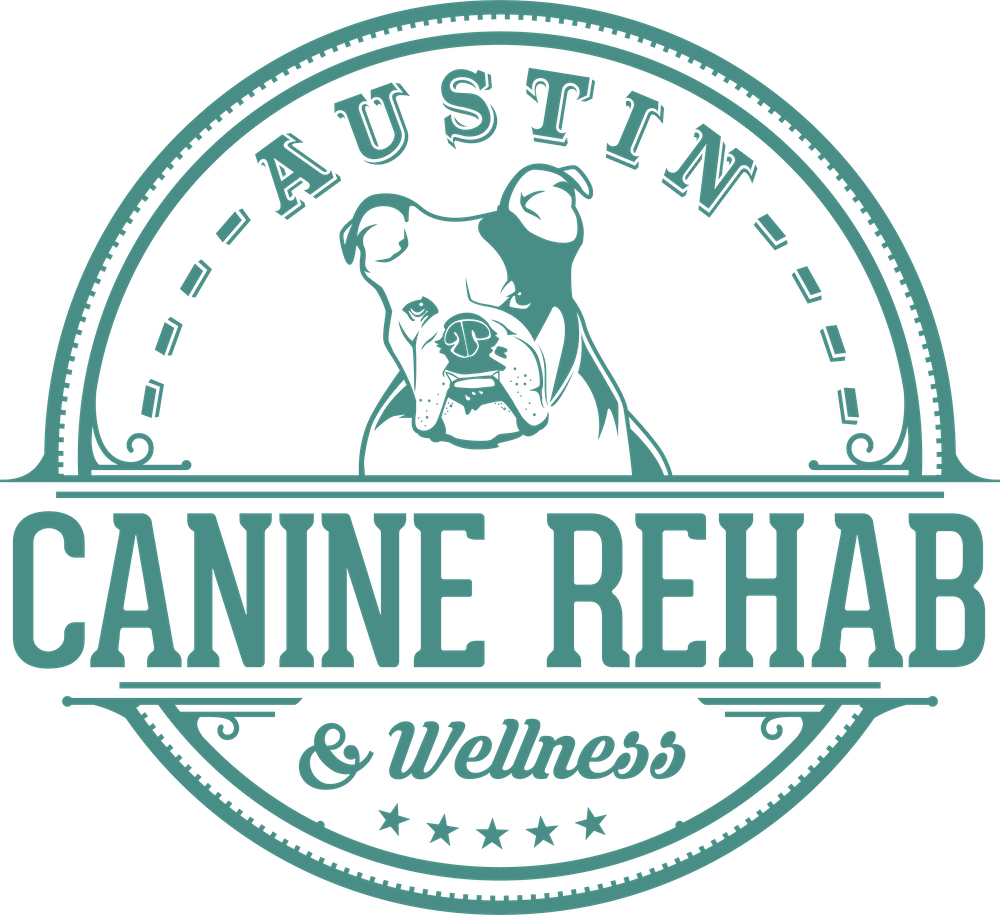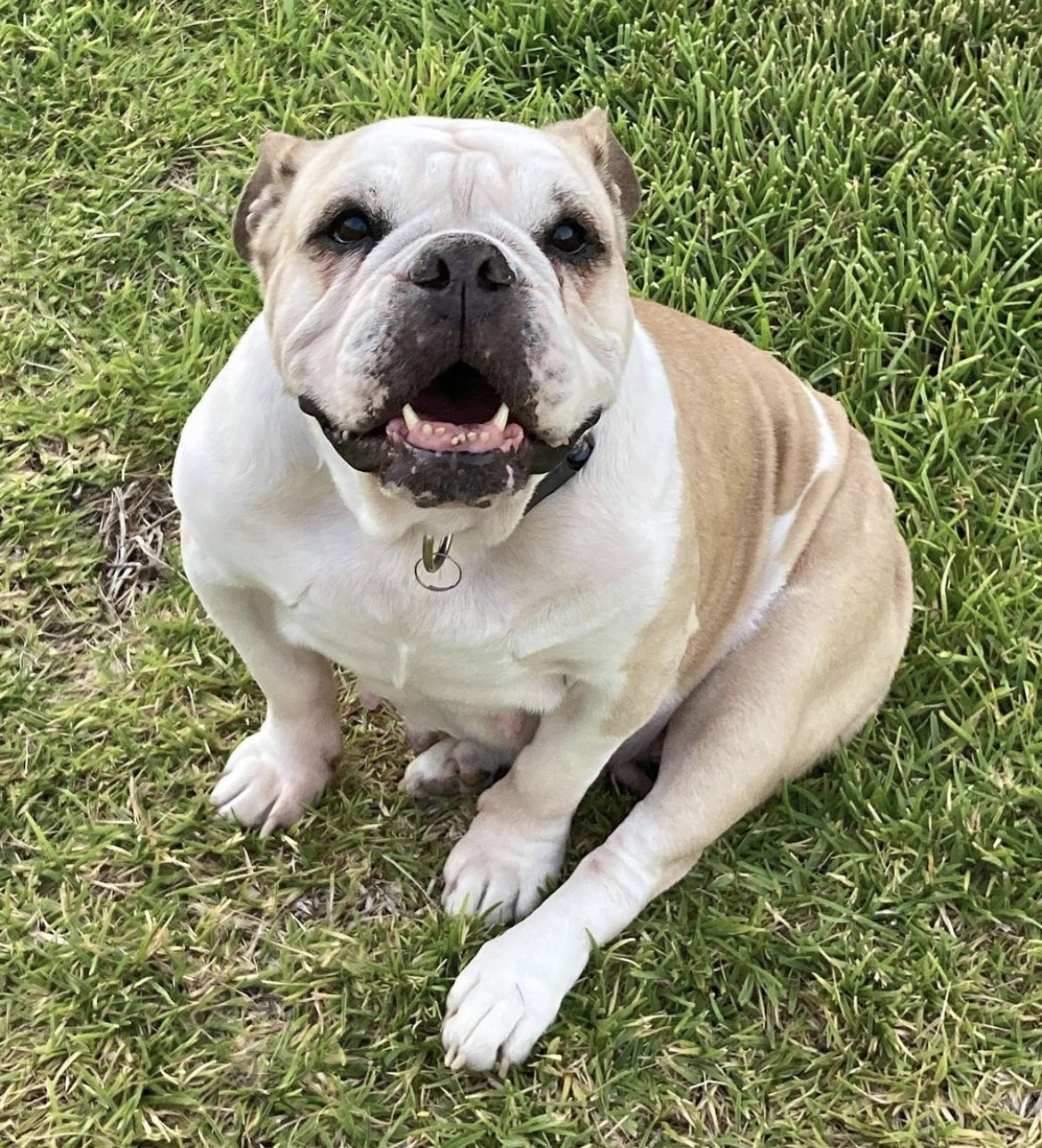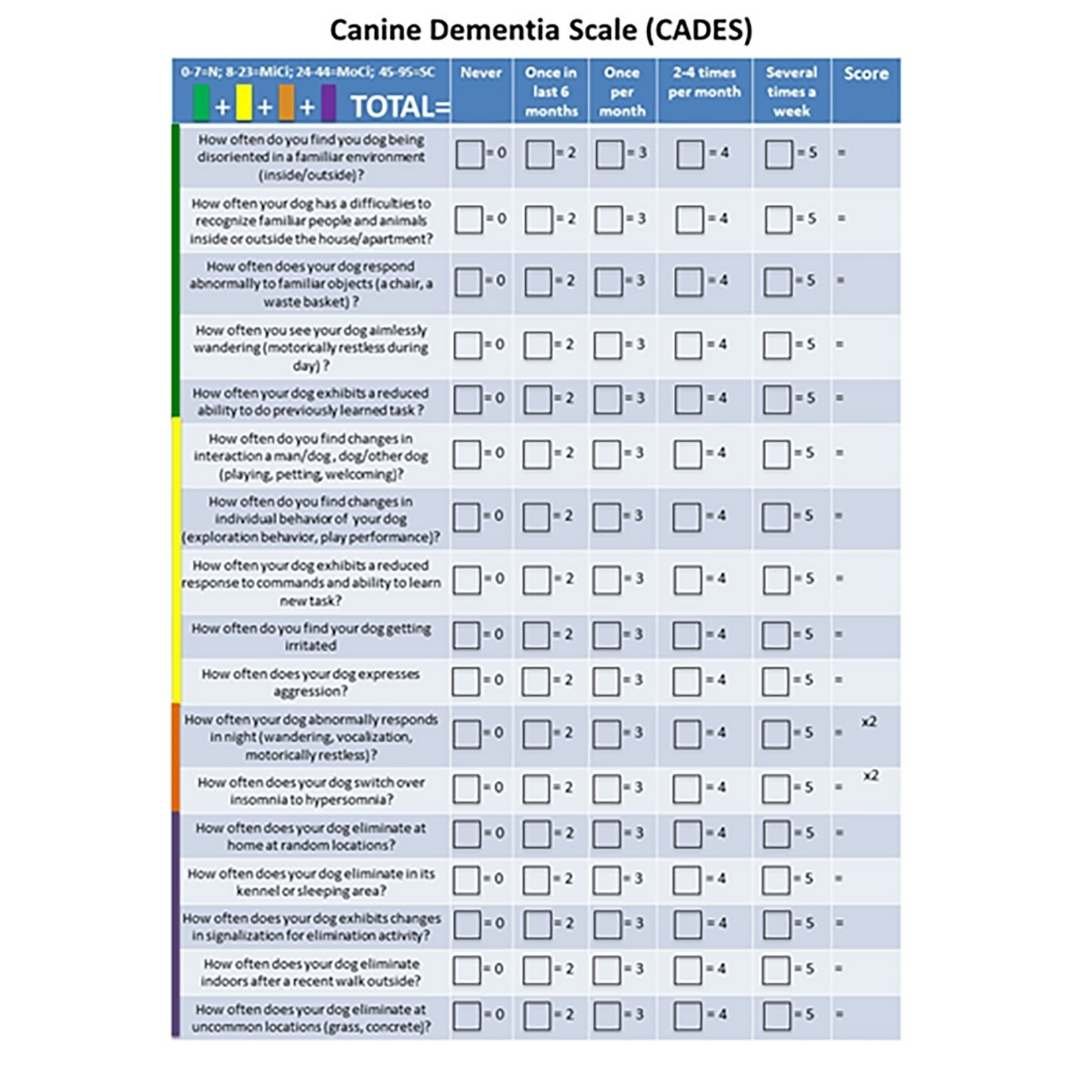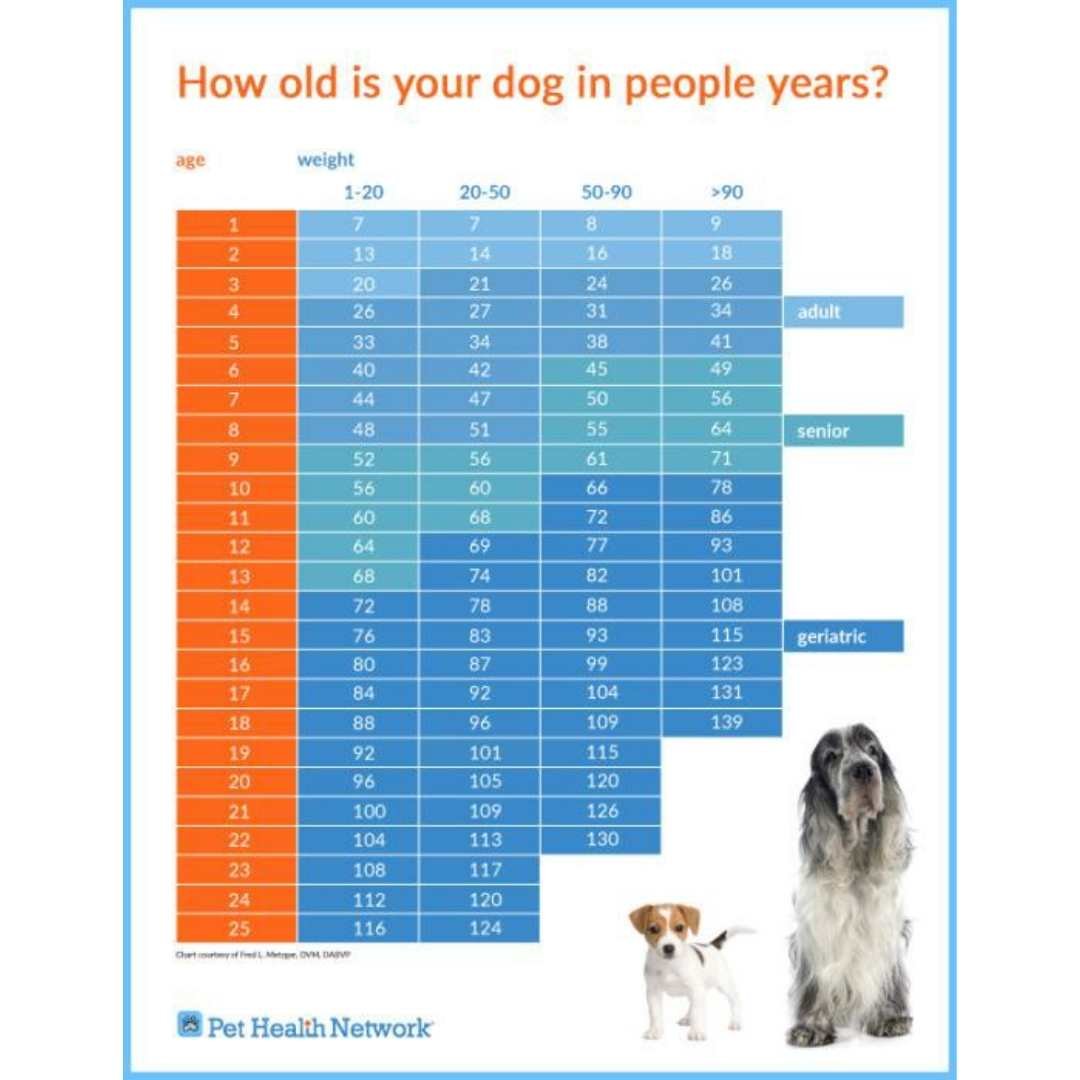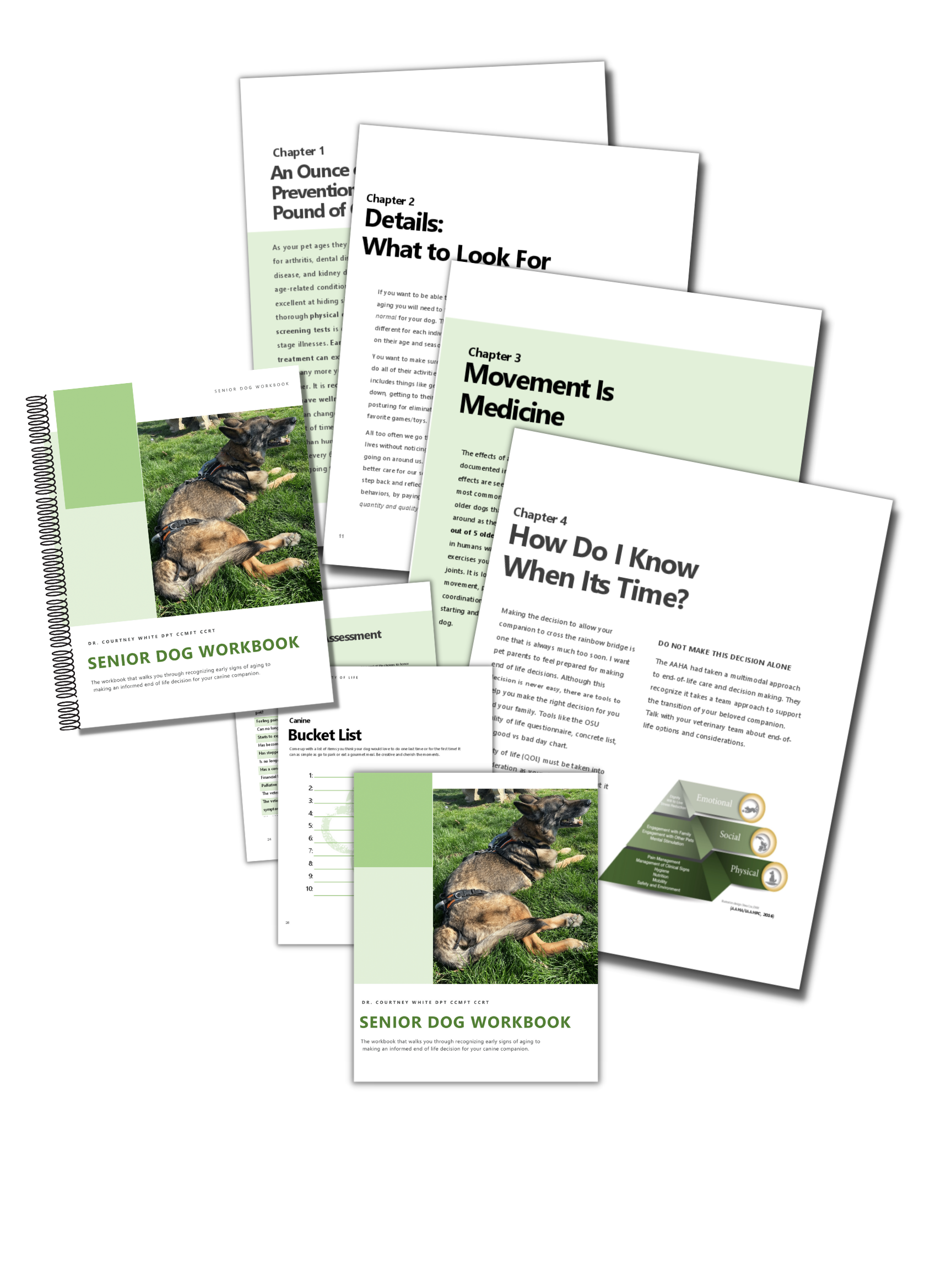
We specialize in helping SENIOR DOGS regain their independence & ability to explore Austin with their humans.
Caring For A Senior Dog: A Full Guide

Basic Needs of Older Dogs
Older dogs have basic needs that need to be met as they age. Just like humans, as a dog ages their needs change, and as pet parents we have to adapt our approach to life with our dogs. I hope you will find this page to be a wealth of information into the proper care of senior dogs.
Make your aging dog happy by following these carefully crafted tips!
🐶 Once your dog has transitioned from adult to senior in age, you’ll need to increase your annual checkup to two times a year to ensure proper care and assessment in health status.
🐶 Make holistic care a priority – Alternative therapies such as massage, rehab, and acupuncture can be very beneficial and great adjuncts to the traditional veterinary medical model.
In TX, you need a veterinary referral for alternative therapies, so be sure to maintain your regular vet visits to ensure your senior is getting the best care possible.
🐶 Set aside one-on-one time with your senior guy or gal. Social and emotional enrichment is especially important as they become unable to do as much physically.
🐶 Instead of longer walks, take shorter more frequent walks.
More walks, what an embarrassment of riches… your dog will think so!
🐶 Make sure you are feeding a proper diet, more on this below!
🐶 Engage your senior pup in a proper stretching & strengthening program under the guidance of a certified canine rehabilitation therapist who can help keep your dog moving at their best as they age. Expert dog advice can keep your senior active well into their golden years.
🐶 Continue to maintain your senior dog’s social life. Whether they need a ride in the car or dog stroller to arrive at their destination, get them out visiting their best fur friends and favorite humans outside the home. As owners, you get to enjoy the socialization aspect as well and seeing your dog happy will bring a smile to your face.
🐶 Take note of your dog’s “normal”. Knowing how they normally move, how much they eat and drink, and what types of play they enjoy engaging in can give you valuable information.
🐶 Are you sad seeing your older dog splay their legs as they turn a corner? Add a nice textured surface! Rugs, runners, and even yoga mats help make slippery surfaces easier to walk on for senior dogs.
🐶 A change in weather may mean difficulty regulating body temperature for your senior dog. Make sure they have somewhere warm to lay down and keep away from drafts. Luckily, we don’t have too harsh of winters here in Austin, but also be mindful of your dog overheating in the summer.
Dog Arthritis
Senior dogs are often diagnosed with osteoarthritis, but in fact, arthritis can start at a very young age and progressively worsens until there are physical signs and symptoms. Arthritis is an inflammation of the joint that leads to degradation of the cartilage and thickening of the surrounding tissues. It’s a cycle of increased pain -> decreased activity -> increased stiffness -> increased weakness -> weight gain -> increase in pain and the cycle continues.
As pet owners we want to see our dogs in the least amount of discomfort which unfortunately causes us to try and do more for our dogs i.e., helping them up the stairs, picking them up to put them on the couch, etc.
This behavior actually promotes the disease cycle (remember decreased activity).
To learn more about Senior Dog Arthritis check out this blog post.
Signs of Arthritis in Your Pet
Signs of arthritis in pets, may include:
Slow to change positions or when getting up from their bed
Stiffness that might dissipate after walking around a bit
Occasional lameness, exacerbated by exercise
Hesitant to jump in the car, onto the couch, or go up the stairs
Slowing pace on walks and/or needing to go a shorter distance
Increasing number of rest breaks during walks or play time
Your veterinarian may prescribe pain meds and crate rest, but this is an antiquated, short-term solution when applied solely on its own. It’s true that NSAIDs or anti-inflammatory pain meds can help manage your older dog’s discomfort, but crate rest equals a decrease in activity which perpetuates the pain cycle of arthritis. Read on to learn what you can do to break this vicious cycle and get your senior dog on the right path.
Dog Arthritis Treatments - Find What Works
So, if pain meds and crate rest isn’t the answer… what is the best treatment plan for a senior dog with arthritis? The answer is a multimodal approach. A multimodal method is one that utilizes many different approaches to tackle the singular problem of arthritis. This includes first and foremost pain control, followed by weight management, regular low-intensity exercise, joint protection, and physical rehabilitation.
A progressive and tailored exercise program, custom built by a certified Canine Rehabilitation Therapist (CCRT), is an excellent way to promote and improve your pet’s health. After addressing your dog’s pain, a CCRT will tackle your dog’s specific compensations. Each senior dog is unique and no one dog should be treated exactly like another. Those identified compensations will then be counteracted with the appropriate strength, stability, and balance exercises, stretches for increased flexibility, and treatments to improve joint mobility.
This is the secret sauce to a happy and healthy senior dog. We encourage you to engage in a long-term solution that ultimately allows your pup to regain its independence and ability to explore Austin with YOU, their favorite person.

Pet Health - Nutrition & Mobility
We all know that good nutrition is essential for proper growth. From the puppy stage to the adult stage and into the senior phase of life, aging means an adaptation of our pet’s diet. There are plenty of senior dog food formulas out there, but not all of them are appropriate for seniors. In fact, some are the opposite of what they need! So, what should you be looking for? Regardless of breed, senior dogs specifically require a decrease in calories (to keep weight lower and offload the joints) with an increase in protein content.
“Loss of muscle mass is a major problem in older dogs. Some seniors lose so much muscle they can no longer walk unassisted. Older dogs need about 50 percent more protein to maintain muscle mass compared to younger ones.” 1
A lot of the senior dog formulas out there actually decrease the protein content, so make sure the kibble you choose is higher in protein which is vital for a strong and healthy senior. Senior dogs need to consume 1.5-2 grams protein per pound in bodyweight per day, whereas an adult dog requires a minimum of 1 gram protein per pound in weight per day.
A great resource I’ve found to supplement muscle growth in senior dogs is
MYOS muscle formula. It comes highly recommended in the veterinary rehab community for senior patients and owners of agility/sport dogs.
If MYOS sounds like it could be a good fit for your senior dog, you can use the code below to try it out. Just remember to always check with your veterinarian before implementing a new supplement.
Use code: ACR20 for 20% off.
Wondering if your dog needs to lose weight? The Purina Body Conditioning System (BCS) is a nationally recognized way to assess your dog’s body condition and monitor them. 2
| The ideal score is around 4.5 on the scale. |
The higher the score, the more important portion control and a lower caloric intake will become. Fresh foods like fruits and veggies are also a great way to add nutrients without adding too many calories. Next time you are at the vet, ask them what score they would give your dog!
Don’t forget to watch out for dehydration with older pets. Foods with higher moisture content are great resources to increase your pet’s water intake. Please take note, that it’s not normal for your dog to stop drinking water or to stop urinating. A healthy dog will urinate approximately three times per day. In contrast, a sudden increase in urination can also be a sign of disease or something sinister. Get your senior dog in for a checkup as soon as possible if you notice any of these signs.
It’s also important to keep your senior dog active physically, even in their late years. This is necessary to maintain their flexibility, strength, and mental health. Take extra caution to avoid a sudden increase in exercise (intensity, duration, mileage). This is one sure way to increase your pet’s risk of injury, pain, and soreness associated with the “weekend warrior” lifestyle.
Behavioral and Cognitive Health Changes
Help! My older pet is exhibiting changes in behavior, what’s going on?
Changes in behavior can be a sign of cognitive decline in your aging dog. Be sure to make note of what normal is for your dog in their current state. As they age, you will be able to better identify these subtle changes in their behavior and cognition and respond quickly. Canine dementia, also known as Cognitive Dysfunction Syndrome (CDS), can affect both the cognition and behavior of your senior pet.
This helpful screening tool, CADES, is used to assess for normal to mild and moderate cognitive dysfunction in your pup.
This self-assessment tool evaluates your dog’s spatial orientation, social interactions, sleep–wake cycles and house soiling.
Signs of CDS include getting stuck in corners or between furniture, pacing, more restless at night, anxiety, behavior change, changes in sleep cycle, and no longer responding to verbal commands they once knew. 3
Enrichment
Don’t reserve playing just for the puppy!
One way to combat cognitive and behavioral problems in older dogs is to use enrichment. Enrichment is anything that is mentally stimulating to the brain, whether it’s tactile/sensory, olfactory (smell), or engages their problem-solving skills.
Create your own enrichment and puzzle toys to encourage them to use their brains! There are fun versions of brain games and puzzle feeders that you can find online at places such as Amazon or Chewy. Or you can make them yourself… get creative with cardboard boxes, paper bags, spices, and treats. You can make fun DIY snuffle mats, or explore Pinterest to find great ideas!
Different breeds may enjoy different activities more or less than others. Have a scent hound breed? Be thinking of what different smells you could place around the home for them to search out. Herding or hunting breeds? Try a training session where their high-drive personalities can be stimulated.

End of Life Care for Older Dogs
Did you know there is a difference between senior dogs and geriatric dogs? It’s true. We typically use these terms synonymously, but there is an implied age difference. Caring for an older dog comes with its own unique challenges, and requires owners to often seek out dog expert advice. We hope this website serves as a new resource for you to use in your continued care of your dog’s health.
As our pups enter the geriatric phase of life, we need to start considering end of life care and assessment of quality of life.
A fellow Canine Rehabilitation Therapist, Dr. Courtney White, has developed a special workbook that allows you to take a self assessment of how your dog is aging and help you make a more informed decision when it comes to your dog’s quality of life.
Cancer in Dogs
“Cancer is the leading cause of death in dogs - which is different from the situation in humans. Over 50 percent of dogs 10 years old or greater will acquire this dreadful disease.”
It is unfortunate, but dogs are very prone to developing cancer especially as they get on in years. New research has shown that rehab helps maintain a higher quality of life as a dog goes through the cancer treatment process. Both the mental and physical stimulation the dog receives during a rehab session are beneficial to the dog’s health.
Senior Dogs FAQ
What age is considered a senior dog?
A large breed dog is considered a senior at the age of 6, while a small breed dog is considered a senior at the age of 9. The weight/size of the breed helps determine at what age a dog becomes a senior or even geriatric aged dog.
How do I know if my dog is suffering?
You will know your dog’s physical health is suffering when you observe the following signs: excessive licking or panting, curling of the lips, licking the lips, ears back, whale eye, limping, or any audible cues. Although dogs are usually very stoic when it comes to pain, these are some of the more common signs and behaviors associated with pain.
How long should you walk a 10-year-old dog?
You should walk a 10-year-old dog approximately 15-30 minutes per day. This can vary depending on your dog’s unique abilities and their endurance. If recovering from injury, it is advised to start a walking program at just 10 min x 3/day. As the dog tolerates you can increase this by 5 minutes/walk each week if you are used to taking longer walks with your pup. Be sure to be on the lookout for any residual soreness or signs of pain/fatigue, this means you need to reduce the time spent walking.
Dog expert advice on this subject is just one of the services provided by Austin Canine Rehab & Wellness and we’d love to help your get your older dog wagging on walks again!
What conditions can cause arthritis for dogs in the future?
Conditions such as hip dysplasia, elbow dysplasia, and CCL tears, can all cause arthritis in joints and contribute to arthritic changes and pain in the future. To learn more about CCL tears specifically and how you can best treat them now and prevent future arthritic issues, check out our blog post CCL Tears in Dogs.

References
Coile C. Best Dog Food for Senior Dogs. American Kennel Club. https://www.akc.org/expert-advice/nutrition/nutritional-needs-for-senior-dogs/. Published February 26, 2020.
Purina Body Condition System. Purina.com. https://www.purina.com/sites/g/files/auxxlc196/files/2021-01/BodyCondition_Dog_122120.pdf.
Editorial PetMD, Gryzb K. 7 signs of dog dementia. PetMD. https://www.petmd.com/dog/conditions/neurological/5-signs-dog-dementia. Published January 19, 2019.
Gross T, Dodman N. Helping your 'good old dog' navigate aging. NPR - Fresh Air. https://www.npr.org/transcripts/131516152. Published November 23, 2010.
